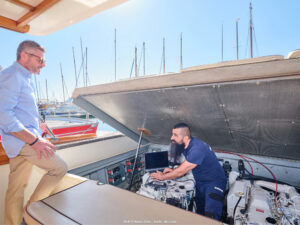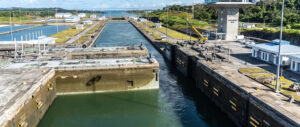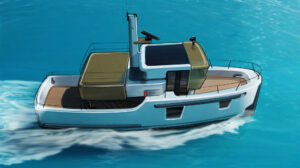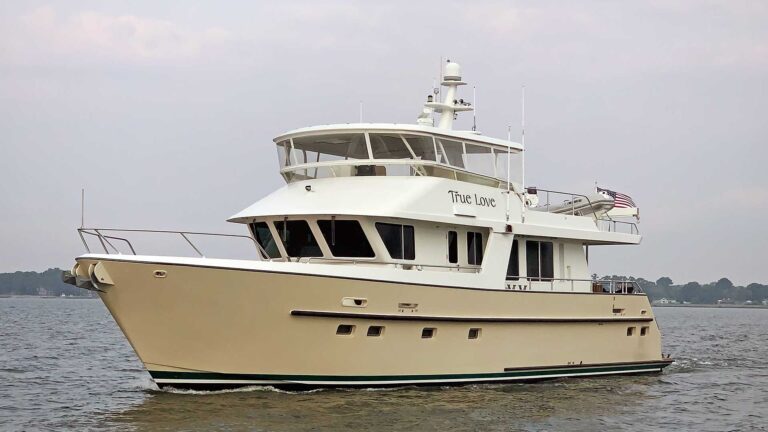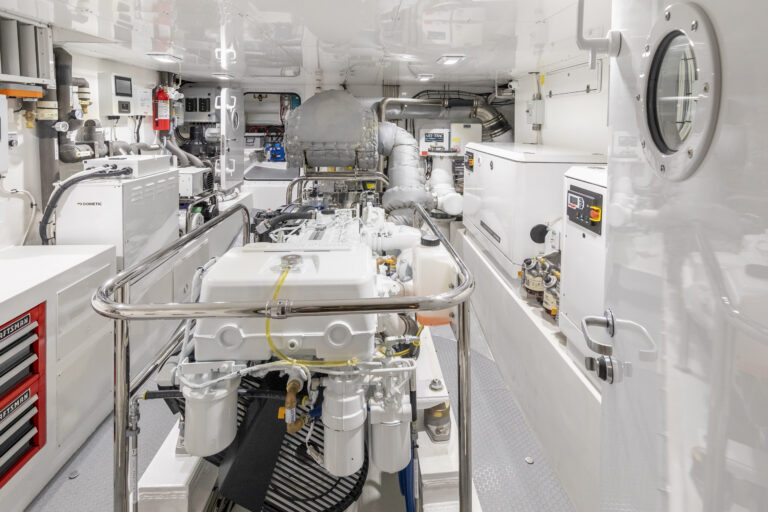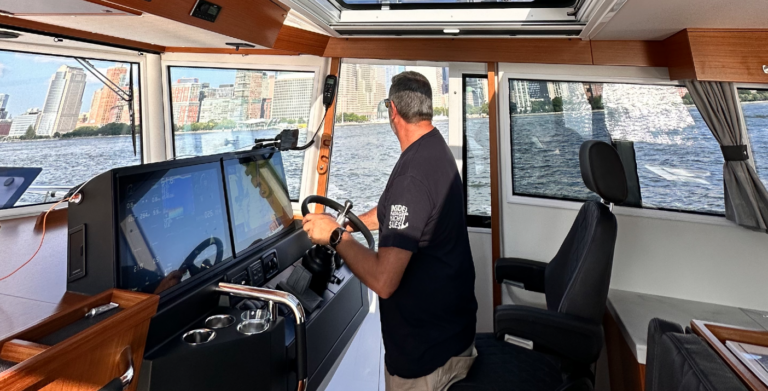
It was a cold, raw day in November, and we were finishing repairs on a small, outboard-powered boat. Despite my protestations about the weather, the two owners insisted that we hitch her to the back of my truck and back her down the ramp, where she quickly floated free with them on board. They started the engine, throttled her up and roared off at full speed.
Thirty minutes later, they came back, and as they slowed, I could see the boat filling with water. We quickly loaded her onto her trailer, bailed her out and rinsed the outboard, all in the nasty conditions. The owners then left to warm themselves up, and we moved the boat under the shop heaters to dry over the weekend.
Monday afternoon, a call with the owners did not go well. They had discussed the almost 40-year-old drain plug and absolved themselves of responsibility, deciding that it was our mistake for failing to change it out. My immediate reaction was that doing a deck repair had little to do with drain plugs in the transom, and that we should not take the blame for an old part’s failure. They insisted that we should have checked the plug, as it was my truck that had backed the boat into the water.

After a couple days of badminton between the parties, the situation was at an impasse, with the owners also insisting that the outboard—which had partially submerged—was ruined. I decided to stanch the wound and buy them a new outboard, have it mounted, and deliver the boat. Thus, I inherited their old Mercury 60-hp outboard, which, after a dousing with fresh water and a once-over, I knew was good to go.
Next, I needed to come up for a use for it. So, I drew Honker, which became our family boat for many years. We used it as an exploration boat and a shop skiff. My two boys and I spent many happy days salmon fishing, duck hunting, tubing and exploring our local waters aboard Honker. The design proved remarkably adaptive to many uses, and always a stable and safe platform.
Not long after building her, I finished drawing her plans (we have sold many sets for the design in the succeeding decades). Then, I put a fresh sheet of paper over the master drawing and created a small, bolt-on pilothouse for her. Several boats have been built with the small house, which looks surprisingly good in real life. Owners have always spoken highly of the design.

Recently, a fellow in Michigan called. He was looking for a small, affordable boat that he and his wife could use on portions of the Great Loop. He wanted a trailerable boat, and my mind went to Honker—but a longer, wider version with a larger house.
The new design is 3 feet longer, with a length overall just over 20 feet. She is small, but all the parts are there to enjoy a week or more on the water. There is 6 feet, 3 inches of headroom in her cabin, with an enclosed head, a galley to starboard and a settee forward of the galley. The fore-and-aft dinette seating is a fine spot to take meals, and can convert to a double berth. All the windows on her sides are sliders, allowing an airy cabin for warmer days. Her long pilothouse roof could easily accommodate a couple of solar panels, and a kayak or two.
A small cockpit, forward on a self-bailing deck, allows the couple to sit with their backs against the forward bulkhead. The aft deck has two side seats, and they can stand on the starboard seat to gain extra height when visibility needs to be sharpened.
While I don’t see this design as ideal for a generator and air conditioning, a nice addition would be a bimini top in the cockpit. Power would be an outboard from 60 to 115 hp. Cruising speed with the 115-hp option would be just over 20 knots, with good fuel economy. A high-thrust, 60- to 70-hp outboard should have a top speed of about 15 knots, and an economical cruising speed in the 8-knot range.
Her V-bottom, with substantial shoe keel and bilge keels, will protect against grounding. And, she’ll fit on a normal, powerboat bunk-type trailer.
This is really nothing much more than a tiny house on the water. I can imagine spending time on board Honker with a barbecue at the stern, a cool drink in hand and nothing to overcomplicate the image.
And, in case you’re wondering, we now replace transom drains on every project.
This article was originally published in the January/February 2023 issue.



